

In October 2022, an extremely bright flash caught the attention of the Gemini South telescope in Chile. It was quickly determined to be the brightest ever seen, hence its nickname: the Brightest Of All Time (the BOAT).
T Coronae Borealis, a binary star system located 3,000 light-years from Earth, is a ticking time bomb waiting to explode. And if the recurring nova follows its usual pattern, we can expect to see a new, albeit temporary, star appearing in our night sky any day now.
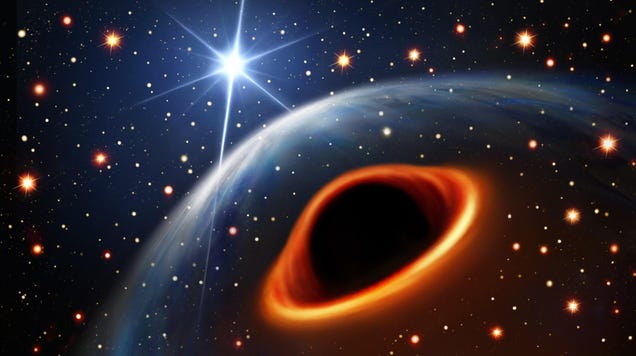
A team of scientists found a compact object 40,000 light-years from Earth that is either a very massive neutron star or an itsy-bitsy black hole, but they’re not sure which.
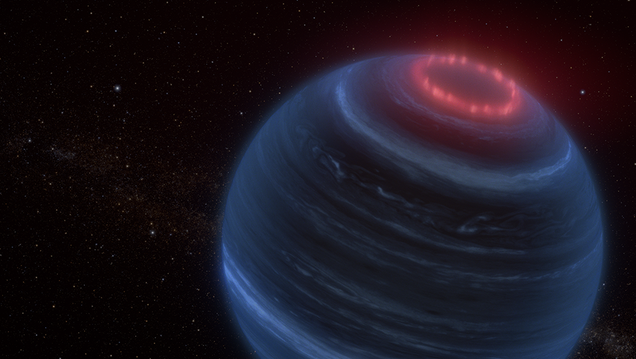
The Webb Space Telescope has spotted something weird: a brown dwarf with what appear to be aurorae, what we Earthlings sometimes call the Northern Lights. What makes the observation particularly surprising is that the brown dwarf doesn’t have a nearby star that could cause such an aurora.
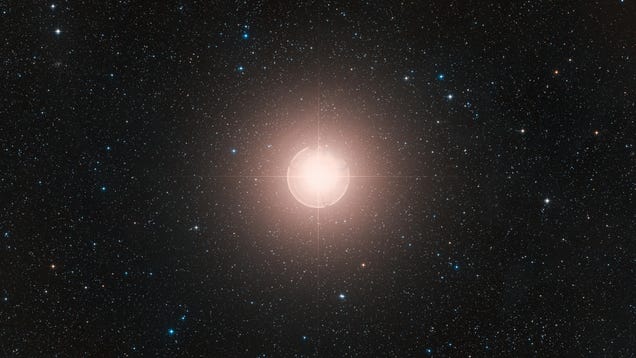
The bright star Betelgeuse, a prominent member of the Orion constellation, is set to be occulted by the asteroid Leona on December 11. This occurrence, expected to last no more than 10 seconds, will cause the star to temporarily vanish from sight, a phenomenon visible along a narrow path on Earth.
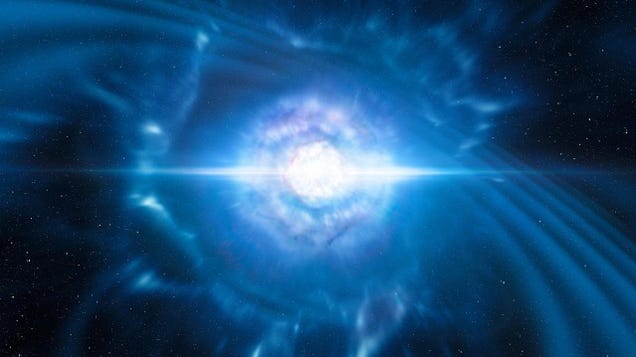
On September 7, 2022, the Zwicky Transient Facility detected a new transient object in deep space, about one billion light-years from Earth. The object was very bright, and now, a team of astronomers believes it’s a star that’s come back from the dead.
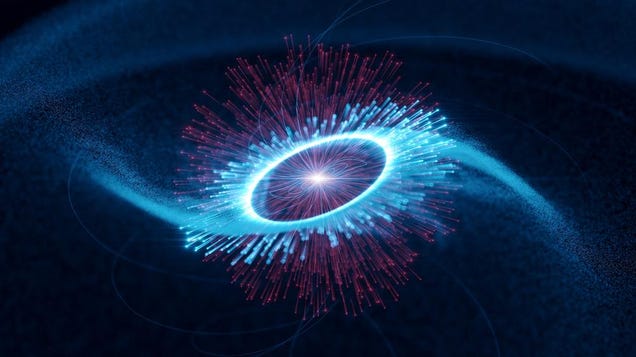
Pulsars are one of the strangest celestial bodies in space. These cosmic lighthouses emit periodic bursts of radiation from their magnetic poles, and now a team of researchers claim they have detected the largest burst ever recorded from a pulsar.
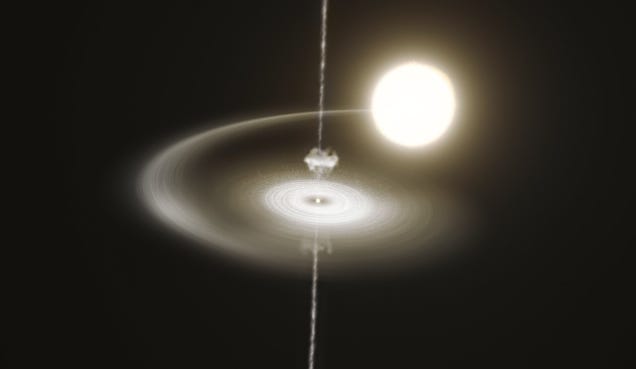
A rapidly spinning dead star’s wacky fluctuations in brightness are due to the extreme environment surrounding the object, according to a team of astronomers who observed it.
